Adolescent Girls’ Vulnerability to Child Labor and Migration in Ghana
Dr. Ozge Sensoy Bahar, Research Associate Professor and Co-Director of the International Center for Child and Health Development (ICHAD) at the Brown School at Washington University in St. Louis published the commentary titled “Adolescent girls at the intersection of poverty, migration, and gender” in the Lancet Child and Adolescent Health.
Co-authored with colleagues at the University of Ghana and the Brown School, the commentary draws attention to the unaccompanied migration of adolescent girls for labor and its underlying factors, including poverty, gender norms, and family relations, in Sub-Saharan Africa. It argues that while both migrating boys and girls experience negative outcomes, girls are more likely than boys to experience trafficking and sexual exploitation due to societal gender norms. In addition, girls are at increased risk of poor sexual and reproductive health outcomes, including unintended pregnancy, sexually transmitted infections, and HIV as a result of unaccompanied migration.
With the intention of developing culturally and contextually relevant interventions to reduce risk factors associated with child labor, Dr. Sensoy Bahar is leveraging her current NIH-funded research program that focuses on youth experiences of child work and labor, as well as the individual, family, and contextual factors leading to child labor in Ghana, where 22% of children are involved in child labor.
“The interconnected nature of risk factors that lead to the unaccompanied migration of adolescent girls for work in cities requires a comprehensive approach to prevention efforts, including a combination of interventions to achieve greater impact. Evidence-based and theory-informed interventions that can simultaneously address household financial stability and family context as risk factors hold promise.”
The commentary underlines the need for multisectoral collaboration to develop and implement evidence- and theory-informed programming for vulnerable adolescent girls in the region.
